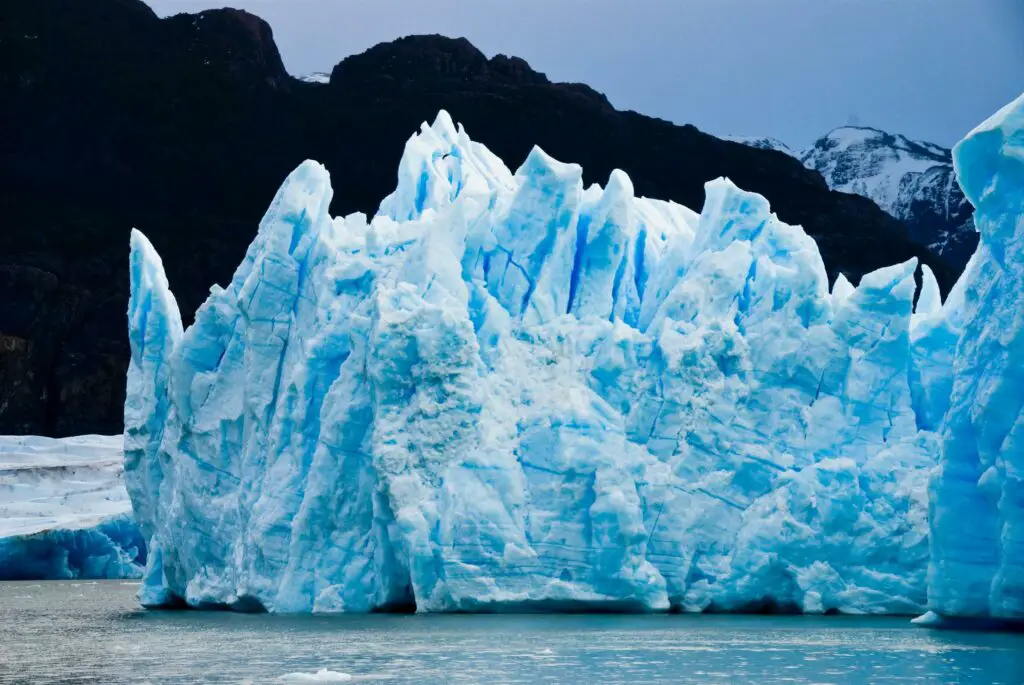The Antarctic Ice Sheet (AIS) has been crucial for the global sea-level rise crisis due to the loss of ice at alarming rates, particularly regions in West Antarctica and parts of East Antarctica.
Between 2021 and 2023, however, the Antarctic ice sheet gained mass after nearly two decades of steady decline, a study published in Science China Earth Sciences reveals.
According to researchers, the surprising anomaly is a result of unusually heavy snowfall. This led to a gain of around 107.79 gigatonnes of ice per year, reducing the annual rise in sea level to 0.30 millimeters.
The changes were spotted through analysis of the satellite gravimetry data from the GRACE and GRACE-FO missions, which measure variations in Earth’s gravity to detect changes in ice mass.
However, according to researchers, this historic turnaround doesn’t mean a lasting recovery as it is a result of abnormal weather patterns. In order for the trend of gaining ice mass to continue, there needs to be consistent snowfall and cooling temperatures. This, however, isn’t something that is much likely to happen.
Sadly, the climate crisis is still a threat.
The key factors that led the Antarctica to lose ice mass have been the raising temperatures that reduce snowfall accumulation, and the warming of ocean waters, causing chunks of ice to break off and melt into the ocean, raising the seas levels.
Please SHARE this article with your family and friends on Facebook.
Bored Daddy
Love and Peace


